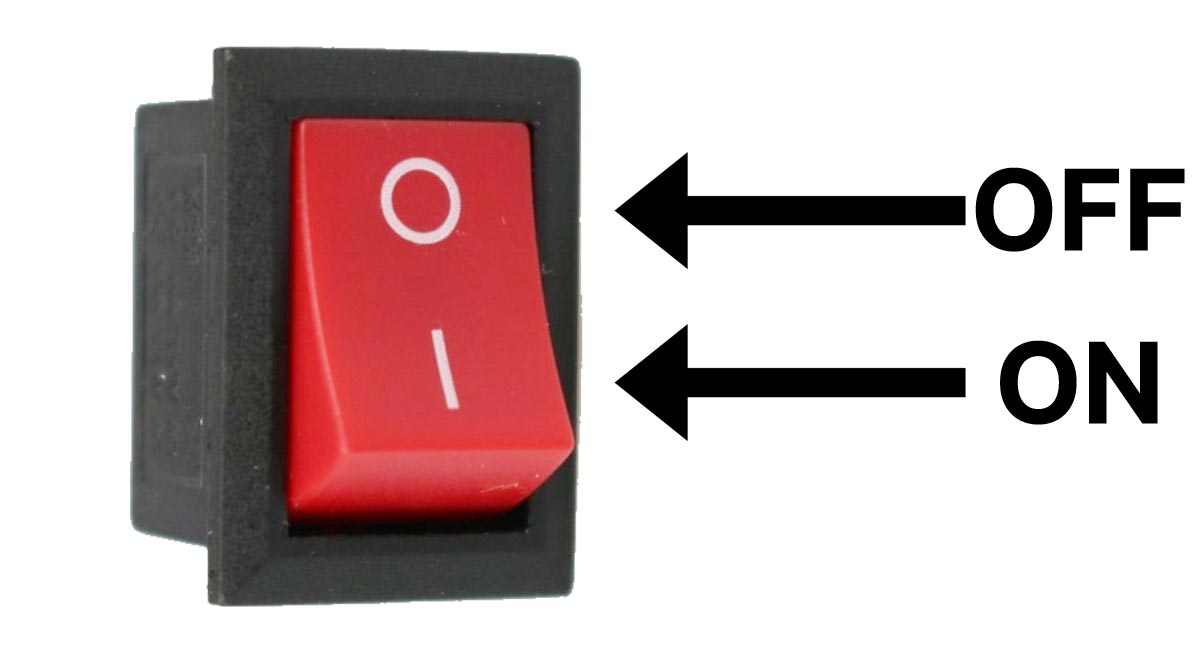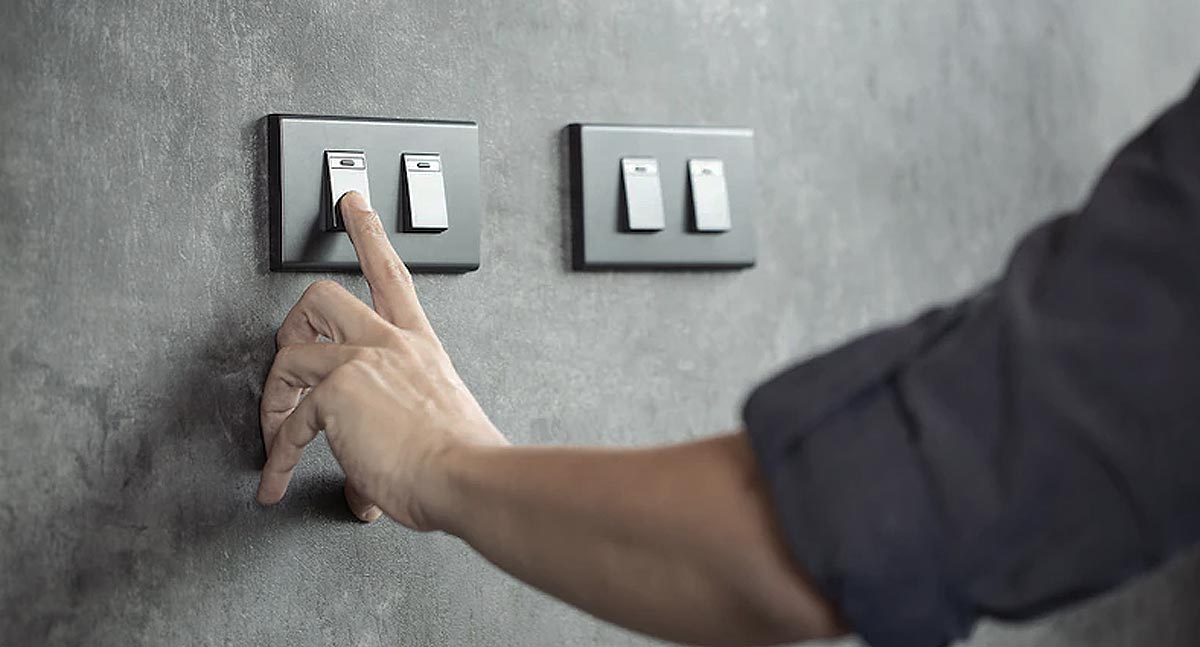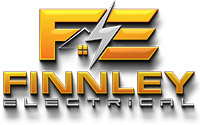It’s easy to take light switches for granted. We flip them on and off so many times a day that we don’t even think about it. But have you ever stopped to wonder how they work? And more importantly, how can you tell if they’re on or off?
In this blog post, our electricians answer those questions and more. We’ll also give you a few tips on how to troubleshoot light switch problems and what to keep in mind if you are getting new lights installed in your home. So whether you’re a new homeowner trying to figure out the basics or an experienced handyman who wants to brush up on your skills, read on for everything you need to know about light switches!
How Light Switches Work
Light switches are simple devices that control the flow of electricity to lights in your home. They have two basic properties: The light turns on or off each time one of the switches is flipped. So if it’s on, flipping either switch turns it off, and then flipping the other will turn it on again. Second, the lights are off either when both switches are in the same or different positions, depending on your wiring.
There are two main types of light switches: toggle switches and push-button switches. Toggle switches are the most common type of light switch. They have a little lever that you flip up or down to turn the lights on or off. Push-button switches are usually found in bathrooms and kitchens, where they control things like the exhaust fan and disposal unit.
Some homeowners prefer to wire a dimmer switch for their lights so they can turn down the brightness of the bulbs or LEDs. Dimmer switches are identifiable by their round buttons that can be turned to the left/right.
Now that you know how light switches work, let’s talk about how to tell if they’re on or off when you can’t see them. The first thing to do is check the position of the switch.
Which way is off on a light switch?
In the US, Canada, European countries, Russia, etc., it is usual for the “on” position of a toggle switch to be “up”, whereas, in many other countries such as the UK, India, Australia, New Zealand (Commonwealth countries) and Ireland, it is “down”. So if you’re not sure which way is up, just look at a switch that you know is in the “on” position and find out which way it’s pointing.
Is I or 0 on or off?
The International Electrotechnical Commission (IEC) 60417 standard describes universal power symbols. The symbols come from the binary system where “1” means “on” and “0” means “off”.
The power-on symbol, as per IEC 60417-5007, on a button or toggle switch, means that the control will turn on the equipment. 1 or | means on.
The power-off symbol, as per IEC 60417-5008, on a button or toggle, indicates that using the control will disconnect power to the device. 0 or ◯ means off.

How can I tell if my light switch is on or off?
In some cases, more than one switch might operate the same lights. So it’s possible to have a lightbulb on even if its designated switch is turned off, due to another switch that controls it. This occurs when using three-way switches. Three-way switches technically have no on or off position they simply switch from one electrical path to another.
Three-way switches allow you to control a light from two different locations – for example, at the top and bottom of a staircase. When one of the switches is flipped, the light turns on or off accordingly. If the light is on, flipping either switch will turn it off. To turn it back on again, flip the other switch. Depending on how your wiring is set up, the lights are usually off when both switches are in either the same or different positions.
Is it safe to change a lightbulb?
Theoretically, you can change the light bulb without touching any metal by holding the glass part and screwing it out, then holding the new one by the glass and screwing it in. However, we strongly recommend you disconnect any power flowing into the light fitting by turning off your light circuit breaker first; this will help eliminate any risk of electrocution. If you want to be extra cautious, you can use a voltage tester to ensure everything is safe.
Troubleshooting Light Switch Problems
If your light switch isn’t working correctly, there are a few things you can do before calling an electrician.
First, check to make sure that all of the bulbs in your fixture are screwed in tight and aren’t burned out.
Next, check all of the wiring leading into and out of your switch box to make sure there aren’t any loose connections.
Finally, try flipping all of the breakers in your breaker box until you find the one controlling your light switch circuit—sometimes this will reset things and get your switch working again!
We hope this blog post has helped clear up some common misconceptions about light switches and given you some useful troubleshooting tips! If you have any further questions or need help with an electrical issue in your home, don’t hesitate to contact our team at Finnley Electrical today!


